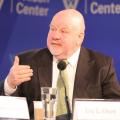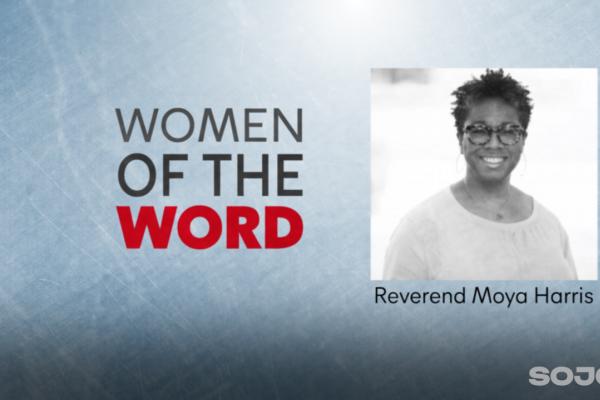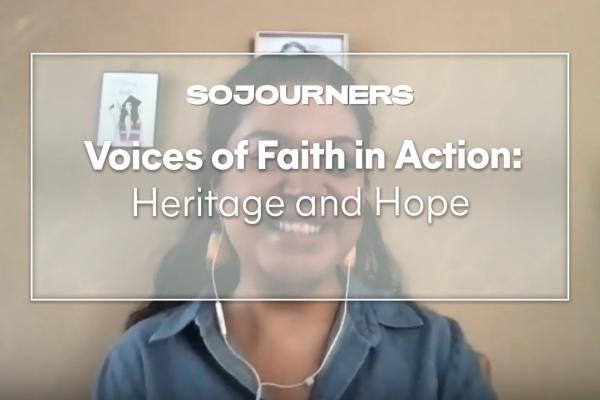TENS OF THOUSANDS of Americans took the Pledge of Resistance in the 1980s to oppose funding for a U.S.-backed militia formed to overthrow the Sandinista government in Nicaragua. Now that government, led by Daniel Ortega, is accused of gross human rights violations against student protesters. What happened?
After nearly 12 years in office this time around, Ortega and what remains of the Sandinista movement now cling to power through repression, threats, and intimidation. Many of those who fought alongside the Ortega brothers to free their country from the Somoza dictatorship and joined arms to defend the revolution from Ronald Reagan’s contras have left the Sandinista party out of disgust or were purged by an increasingly autocratic Daniel Ortega.
Sandinismo has given way to Ortegismo. Ortega is determined to hold on to power through authoritarian rule rather than governing in the spirit of Ernesto Cardenal and Father Miguel d’Escoto.
Despite Ortega’s defeat at the polls in 1990, he never lost his thirst for power and ran for president in each successive election until he won in 2006. He was adept at exploiting the weaknesses, greed, and corruption of his old adversaries and creating new alliances with them. First, he struck a deal with former President Arnoldo Alemán, who was serving a 20-year sentence for corruption. In exchange for Ortega’s promise to overturn his sentence, Alemán supported a package of electoral and legal reforms that allowed Ortega to win in 2006 with just 38 percent of the vote and allowed Ortega to take control of the National Assembly and eventually the Supreme Court and Supreme Electoral Council.
Ortega also struck a deal with Nicaragua’s private sector council that had bitterly opposed him in the 1980s and helped finance his electoral defeat in 1990. Ortega and the council fashioned a pact in which Ortega agreed not to intervene in the dealings of the private sector and they, in turn, would refrain from getting involved in his political agenda.
He also reached an agreement with his old nemesis, Cardinal Miguel Obando y Bravo, by supporting a legislative package that criminalized abortion and promoted a conservative social agenda. Ortega’s détente with the church served to rescue him from allegations by his stepdaughter, Zoilamérica Ortega Murillo, that he had raped and sexually molested her for a dozen years. Ortega and Zoilamérica’s mother, Rosario Murillo, were married by the cardinal. Rosario Murillo is now Nicaragua’s vice president.
Ortega reduced tensions with the United States by finding common ground in the so-called war on drugs. As head of the U.S. Southern Command, Gen. John Kelly (now President Trump’s chief of staff) once told several Latin America analysts the U.S. military had no better partner in the “war on drugs” than the Nicaraguan military.
Despite Ortega’s near monopoly on power, important progressive and independent social movements have emerged in Nicaragua. An independent women’s movement came together in response to the Zoilamérica case and to the laws undermining reproductive rights. Rural and environmental movements formed to prevent confiscation of lands by the government to make way for a supposed canal to be built with Chinese investments to compete with the Panama Canal.
While Ortega sought to maintain a tight lid on social protest, frustration boiled over when protests, beginning in April, were met with brutal repression, which led to more than 300 deaths by August. Additionally, more than 400 people were believed to be held as political prisoners. The government-led violence also involved pro-government militias and ignited increased frustration with the regime. Protests led by students, peasants, women, and environmentalists spread spontaneously. The private sector also joined in acknowledging their past mistakes with Ortega. The Ortega government has sought to brand the protesters “terrorists” and to criminalize public protest.
Given the history between Nicaragua and the United States, it is tempting to fall back into the Left-Right dichotomy that was so pervasive in the 1970s and ’80s. Nevertheless, it is our responsibility as individuals who care about justice, accountability, environmental integrity, and human rights—especially for women, girls, and the poor—to speak out when those values are betrayed and when progressive rhetoric is used to hide environmental destruction, political repression, and murder.

Got something to say about what you're reading? We value your feedback!





